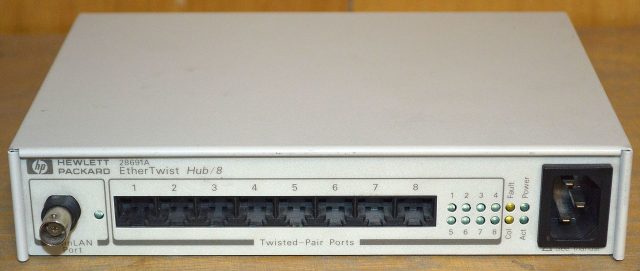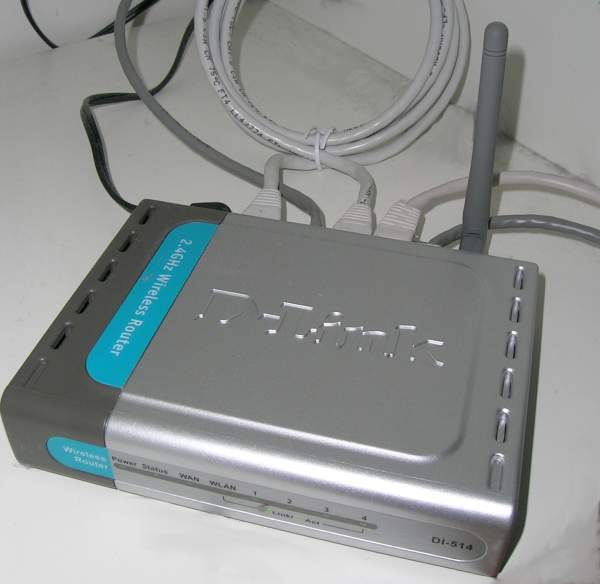A brief history of WiFi security protocols from oh my thats bad to WPA3 Ars Technica

Thanks to upcoming developments in Wi-Fi, all of us connectivity-heads obtainable can sit up for getting acquainted with new 802.11 protocols inside the near future. Ars took a deep observe what is on the horizon closing fall, but readers seemed to have a clean request in response—the time had come to in particular speak the brand new Wi-Fi protection protocol, WPA3.
Before each person can understand WPA3, it's useful to test what came earlier than it all through The Dark Ages (of Internet)—a time with out a Wi-Fi and unswitched networks. Swaths of the Internet these days may be built upon "back in my day" ranting, however the ones of you for your 20s or early 30s may definitely no longer consider or realise how horrific things was once. In the mid-to-past due 1990s, any given machine ought to "sniff" (study "traffic not destined for it") another given gadget's traffic at may also on stressed networks. Ethernet again then changed into in large part related with a hub instead of a switch, and all of us with a technical bent may want to (and often did) watch the whole lot from passwords to Web visitors to emails wing across the network with out a care.

Closer to the flip of the century, wired Ethernet had largely moved on from hubs (and worse, the antique coax thinnet) to switches. A community hub forwards each packet it receives to each system connected to it, that's what made huge sniffing so clean and dangerous. A transfer, by means of comparison, only forwards packets to the MAC cope with for which they're destined—so whilst computer B desires to ship a packet to router A, the switch doesn't provide a replica to that sketchy user at computer C. This subtle exchange made stressed out networks a ways greater truthful than they were before. And when the authentic 802.11 Wi-Fi fashionable launched in 1997, it covered WEP—the Wireless Encryption Protocol—which supposedly provided the identical expectancies of confidentiality that customers nowadays now assume from wired networks.
In retrospect, WPA3's early predecessor overlooked the mark. Badly.
WEP—the authentic Wireless Encryption Protocol
If you need to describe WEP with a unmarried word, that unmarried phrase have to be "lousy." The original release of WEP required a ten-digit or 26-digit hexadecimal preshared key, which would look some thing like this: 0A3FBE839A. It was lethal critical approximately each the hexadecimal (0-9 and A-F) element and the 10-digit or 26-digit part—put in one digit too few or one too many, and to procure an blunders and not anything worked. Put in a man or woman that wasn't in the 0-F variety, and to procure an errors and not anything worked.
Unsurprisingly, the general public—even in business settings—turned this early WEP off, this is, if it changed into even enabled inside the first vicinity. If you think expecting humans to efficiently and appropriately proportion 10- or 26-digit arbitrary hexadecimal numbers seems unreasonable now, simply consider trying to do it in 1997. Roughly half of of the team of workers still hadn't mastered the double-click.

Later revisions of WEP supplied the capability to mechanically hash a human-readable password of arbitrary length into those 10- or 26-digit hexadecimal codes in a way that turned into constant between the clients and the routers. So even as WEP truely still worked on raw 40-bit or 104-bit numbers, you can as a minimum share the ones numbers in approaches wherein actual human beings would not right away rebel with torches and pitchforks. Beginning with this shift from numbers to passwords, WEP commenced seeing an awful lot greater heavy usage.
While it changed into high-quality that people were certainly using WEP, this early security protocol become nevertheless pretty horrible—for one factor, it used intentionally-susceptible RC4 encryption, because the United States Government changed into nonetheless treating encryption algorithms as "weapons" which couldn't be exported remote places. And even in case you handwaved away the weak encryption, you had been nevertheless prone to sniffing from all of us else joined to the identical community. Since all visitors became encrypted and decrypted with the identical PSK, Eve at the espresso keep could (and all too frequently, did) without problems intercept and examine any traffic Bob despatched out to the Internet. There was no actual skullduggery required.
As if all of this were not awful sufficient, WEP has serious, unfixable cryptographic weaknesses which may be exploited to crack any WEP community in minutes.
Let's block advertisements! (Why?)
//arstechnica.com/devices/2019/03/802-eleventy-who-is going-there-wpa3-wi-fi-security-and-what-got here-earlier than-it/
2019-03-10 12:00:00Z
CBMicGh0dHBzOi8vYXJzdGVjaG5pY2EuY29tL2dhZGdldHMvMjAxOS8wMy84MDItZWxldmVudHktd2hvLWdvZXMtdGhlcmUtd3BhMy13aS1maS1zZWN1cml0eS1hbmQtd2hhdC1jYW1lLWJlZm9yZS1pdC_SAb4BaHR0cHM6Ly9hcnN0ZWNobmljYS1jb20uY2RuLmFtcHByb2plY3Qub3JnL3Yvcy9hcnN0ZWNobmljYS5jb20vZ2FkZ2V0cy8yMDE5LzAzLzgwMi1lbGV2ZW50eS13aG8tZ29lcy10aGVyZS13cGEzLXdpLWZpLXNlY3VyaXR5LWFuZC13aGF0LWNhbWUtYmVmb3JlLWl0Lz9hbXA9MSZhbXBfanNfdj0wLjEjd2Vidmlldz0xJmNhcD1zd2lwZQ
0 Response to "A brief history of WiFi security protocols from oh my thats bad to WPA3 Ars Technica"
Post a Comment